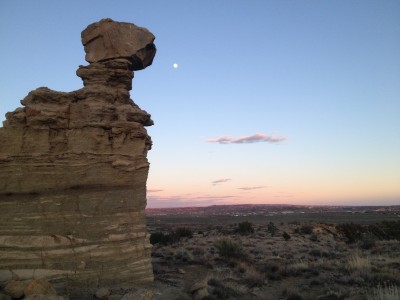 I continue to learn many things this week from my Navajo colleagues and friends. One of the things that I love about Navajo culture is the way that teachings are shared from elders, grandmothers, and grandfathers. Many stories begin with, “my grandmother taught me as a little girl…,” or “one of the teachings from my grandfather was….” Teachings, and these kind of stories, are treated as medicine.
I continue to learn many things this week from my Navajo colleagues and friends. One of the things that I love about Navajo culture is the way that teachings are shared from elders, grandmothers, and grandfathers. Many stories begin with, “my grandmother taught me as a little girl…,” or “one of the teachings from my grandfather was….” Teachings, and these kind of stories, are treated as medicine.
Carol Leonard is one of those colleagues and friends, herself now an elder, that shared a teaching yesterday that she received from one of her elders. It was that she only needed to know four words in Navajo that would cover what she needs. She knows many more, to be clear, and it is a focus of significance for indigenous people to relearn and retain their languages. Carol exudes a wisdom in many elder-shared teachings.
Here’s the four words and what she said (without apology for absence of accents in the Navajo font):
Welcome / Ya’a teeh — It is the first job in starting a meaning. Either a welcome that comes from an elder, or from the elder that lives in the particular land. It is an essential greeting with one another, an etiquette.
Thank You / A hye he’e — We must be able to thank people for coming out. It is a practice of generosity and kindness, respect.
Beauty / Ni zhoni — This is one of the Navajo traditions that has most impacted me. There is such a commitment and appreciation of beauty, the beauty way. For a culture that has suffered much, has had much taken away from them, many hardships, it is amazing that beauty remains a fundamental invocation and way of life.
Please / t’a shon di — This is a practice of invitation and asking for help. Please will you help us. Please will you join us in supporting this good brother. Please will you help the aunties and the fire they need.
Four words. That represent four practices. That represent a cultural pattern. That represent a people I’m profoundly grateful for.
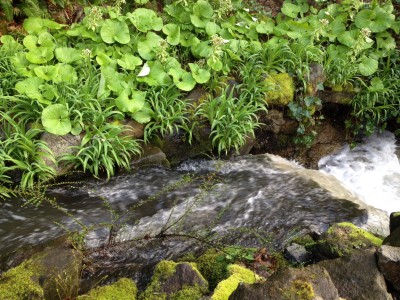

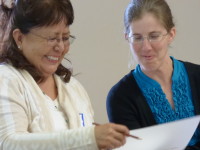
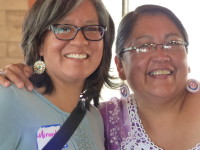
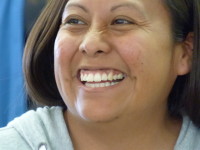
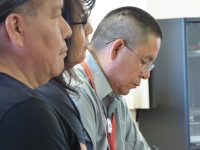
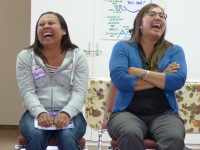
 I continue to learn many things this week from my Navajo colleagues and friends. One of the things that I love about Navajo culture is the way that teachings are shared from elders, grandmothers, and grandfathers. Many stories begin with, “my grandmother taught me as a little girl…,” or “one of the teachings from my grandfather was….” Teachings, and these kind of stories, are treated as medicine.
I continue to learn many things this week from my Navajo colleagues and friends. One of the things that I love about Navajo culture is the way that teachings are shared from elders, grandmothers, and grandfathers. Many stories begin with, “my grandmother taught me as a little girl…,” or “one of the teachings from my grandfather was….” Teachings, and these kind of stories, are treated as medicine.